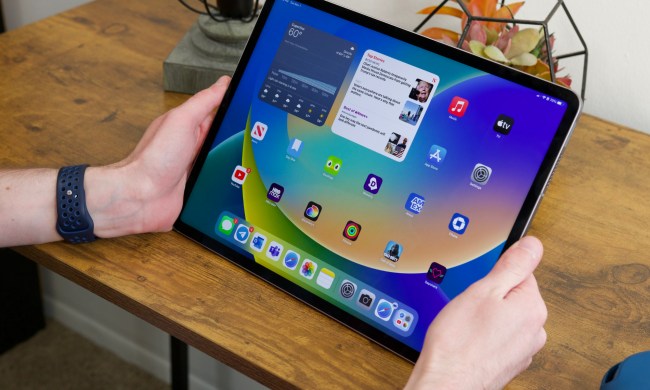We typically think of solar panels in terms of generating energy at home, but it’s possible to make some on your own kinetically by going about everyday routines. Researchers have published findings that show how special wood floor tiles could generate electricity just by virtue of people walking on them. There have been many advancements around this type of power transmission, such as wireless power over distance.
Wood isn’t typically good at gaining or losing electrons, so each of the two spruce planes used in the demonstrations needed special treatment: One with silicone and another with metallic nanocrystals. The final product was able to produce electricity 80 times better than untreated wood, and could do so for up to 1,500 cycles.
The phenomenon at play here is essentially similar to the static electricity you generate from rubbing a wool sweater on your hair. This triboelectric effect generates current due to the difference in electrical charge between two materials.

The output of the system reached as high as 80 volts and a current of 1 micro amp, though this was with thinner wood that carries some compromise on structural strength. A few steps could keep a light bulb going for a short amount of time. One demonstration showed these pads powering electrochromic windows that can change opacity with an electric charge.
As a proof of concept, it’s quite compelling. It’s easy to imagine how a home with these kinds of tiles in place from wall to wall could generate a fair amount of power passively, simply by having people go about their daily business. While it may not power your whole home, systems like these could supplement more traditional home power.
Similar schemes have been proposed for sidewalks and roads, with unfortunately few seeing large-scale deployment. So much attention for sustainable energy tends to go to commercial solar and wind farms. However, a wide range of microgenerators like these could help keep low-power smart home devices humming without having to plug them into the larger grid at all.
For now, this project is squarely in the realm of research. The questions is can tech like this even get through the significant hurdles between tech demo and real-world product? Well have to wait and see.



